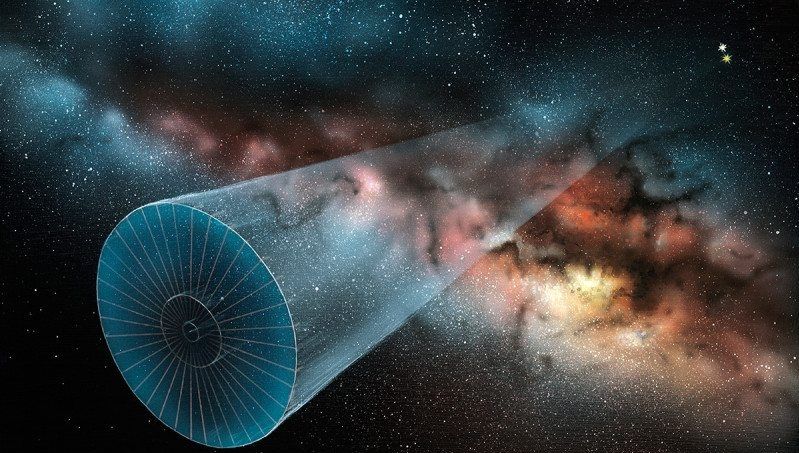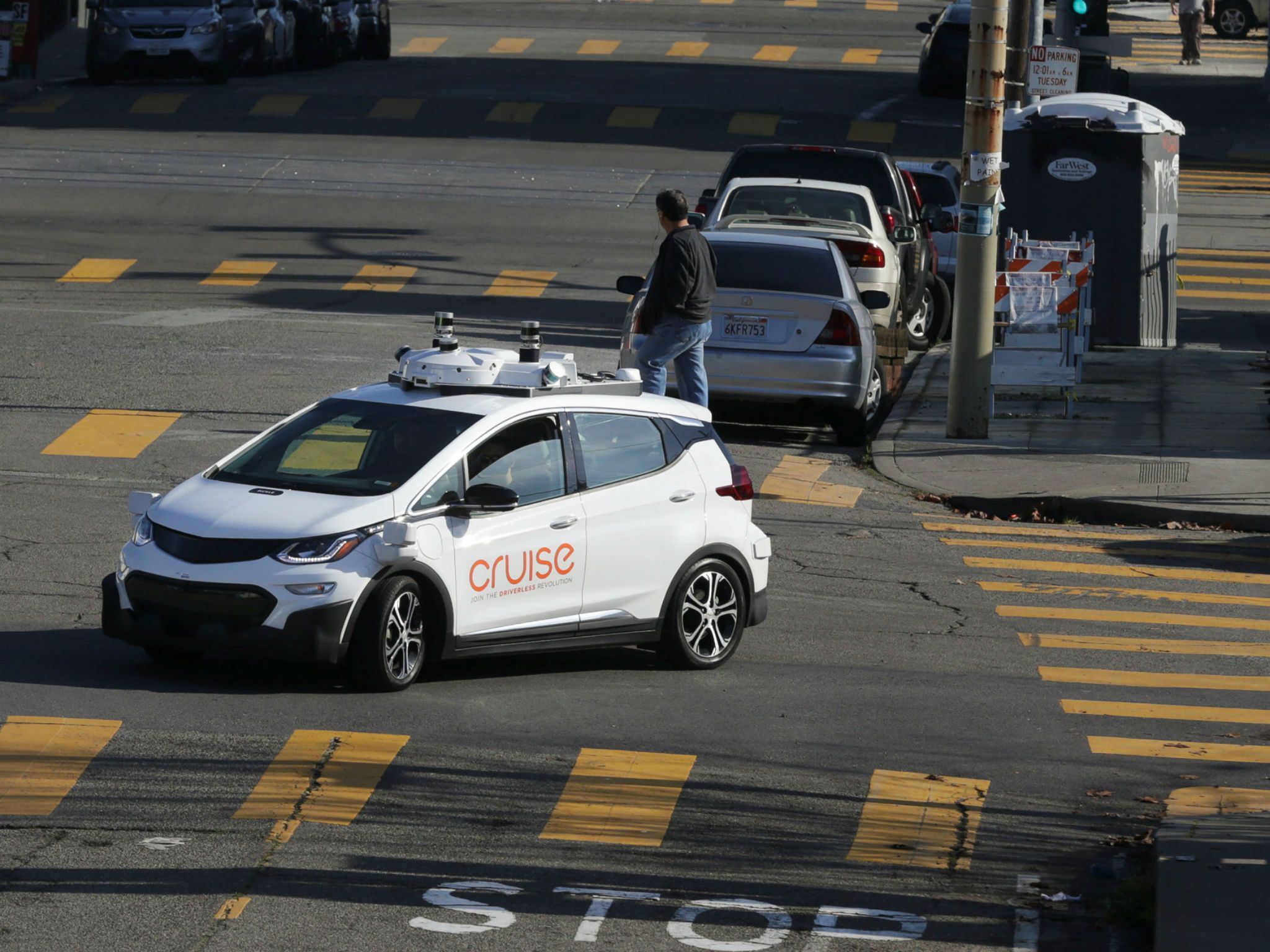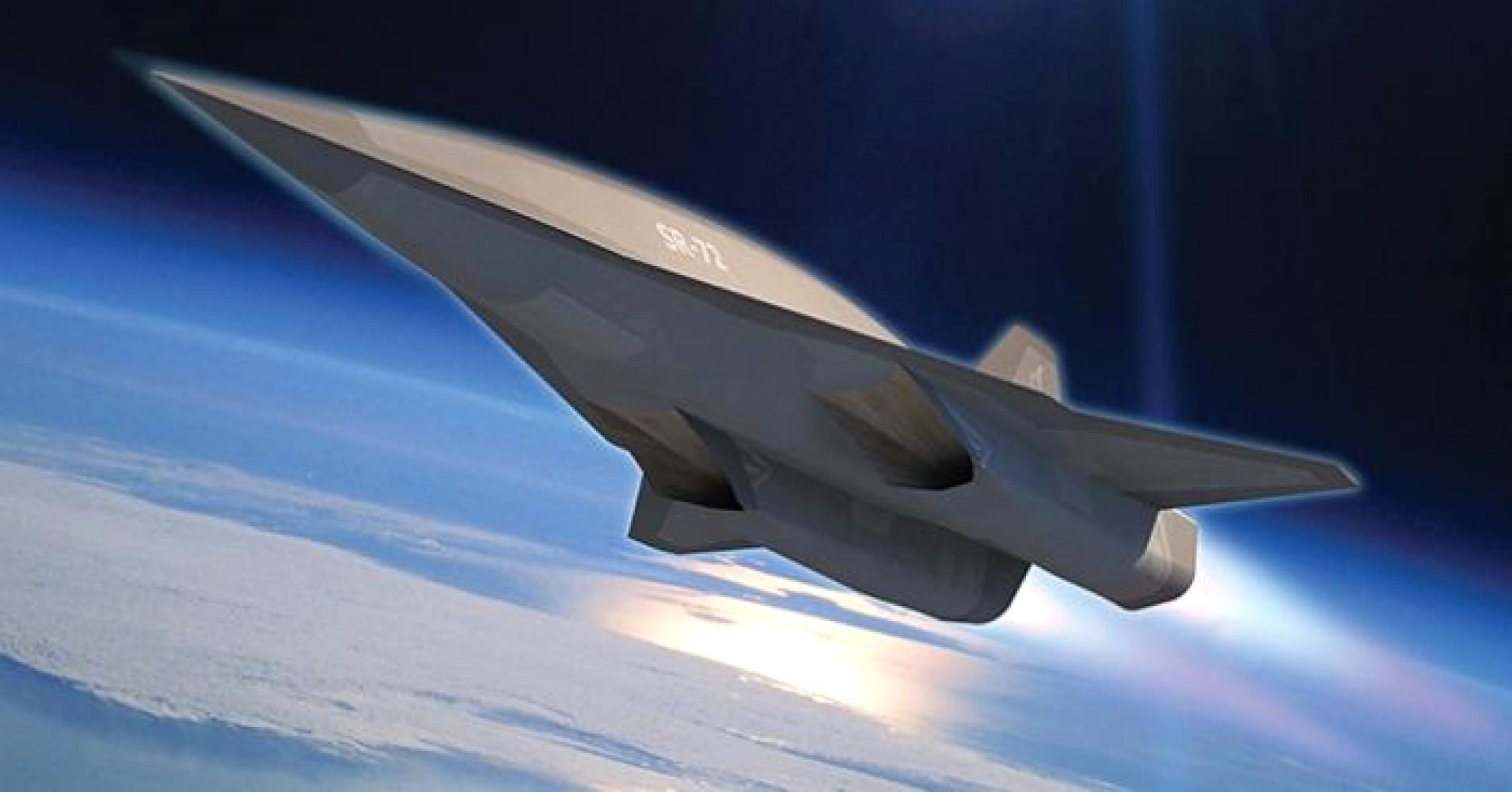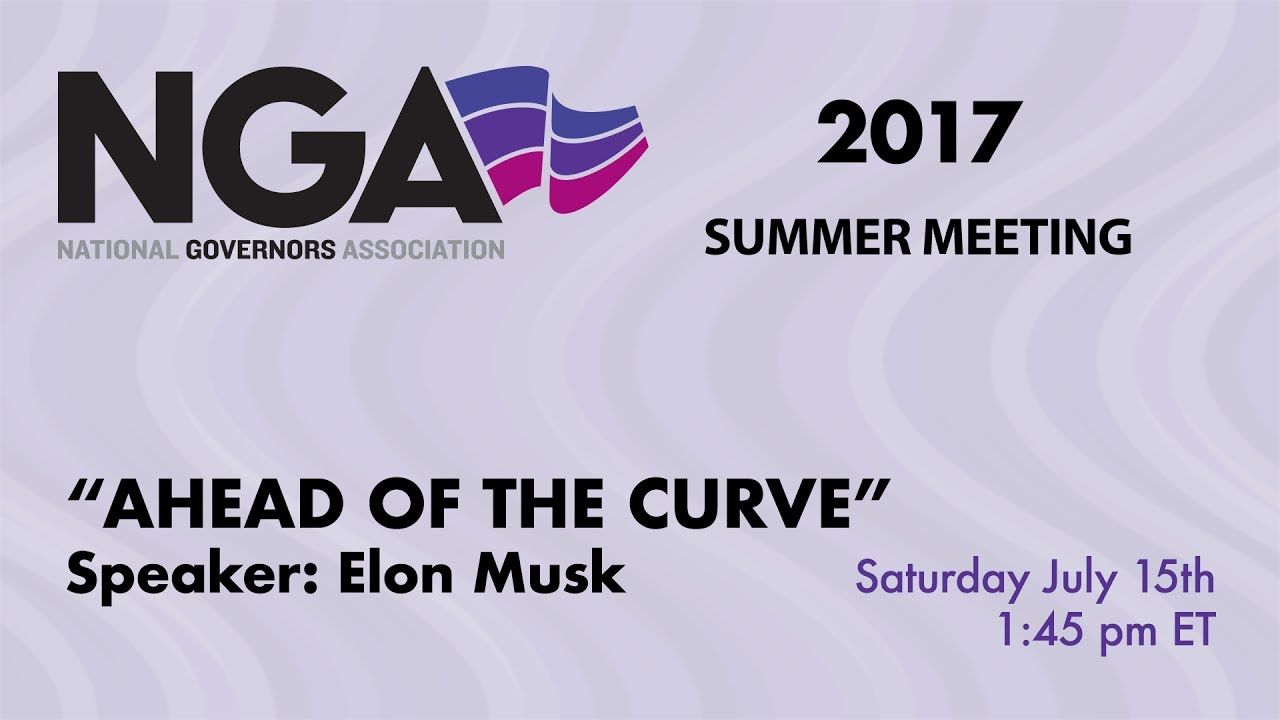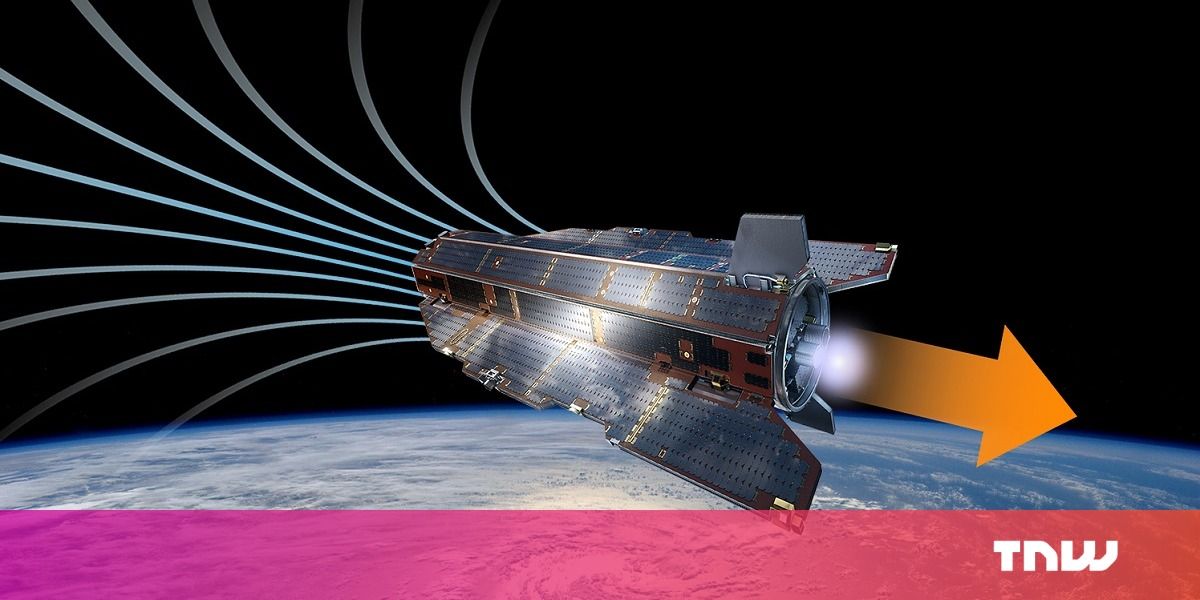Mar 7, 2018
Should We Seed Life through the Cosmos using Laser-Driven Ships
Posted by Klaus Baldauf in categories: innovation, space
Our galaxy may contain billions of habitable worlds that don’t host any life. Should we attempt to change that?Claudius Gros at the Goethe University Frankfurt, Germany, thinks we should. He believes in directed panspermia: deliberately seeding life throughout the cosmos. And to do that, he proposes we use a laser propulsion system that may not be technically out of reach.

Breakthrough Starshot is a project with ambitious aims to use such systems to send tiny, lightweight probes to Alpha Centauri. The goal is to take pictures of our nearest star, but these systems could also deliver much larger payloads into orbit around nearby stars, says Gros.
Continue reading “Should We Seed Life through the Cosmos using Laser-Driven Ships” »
